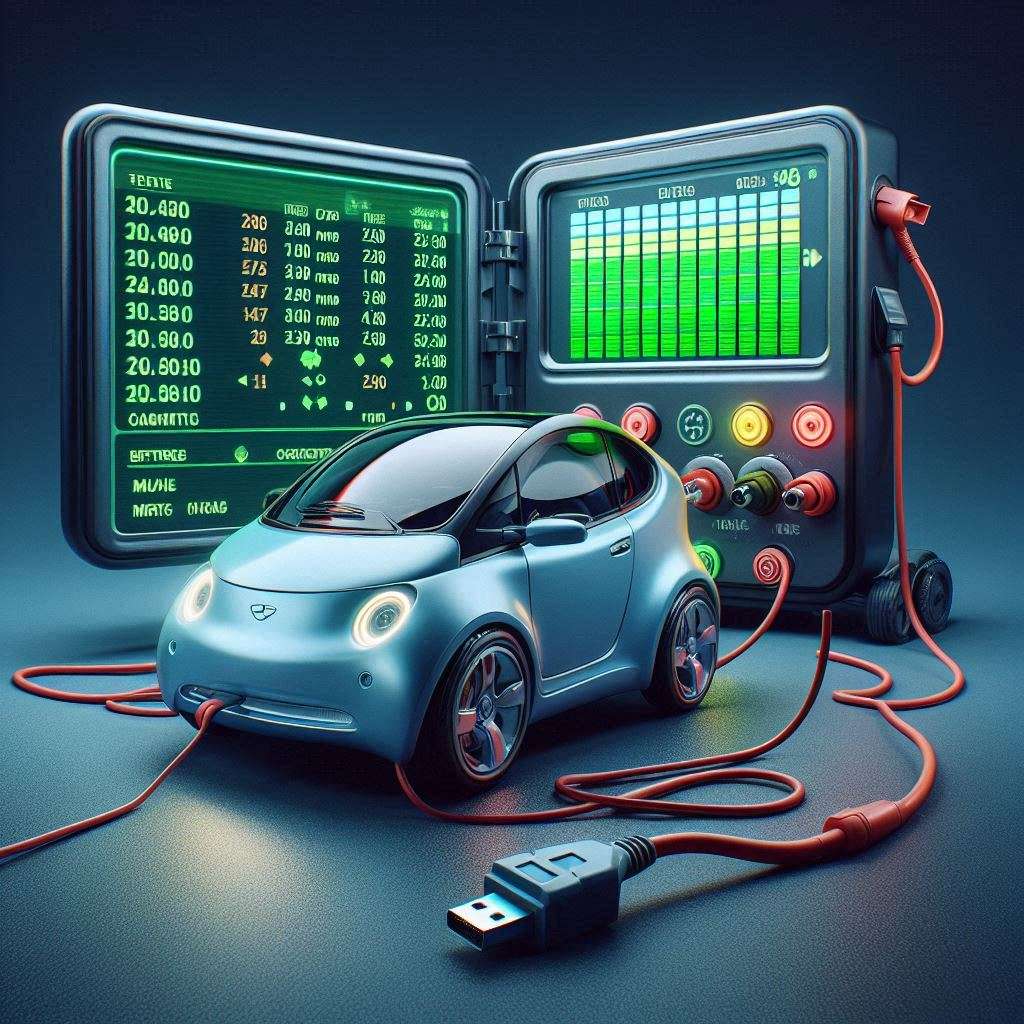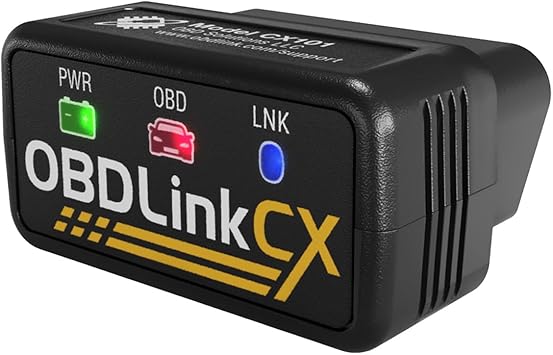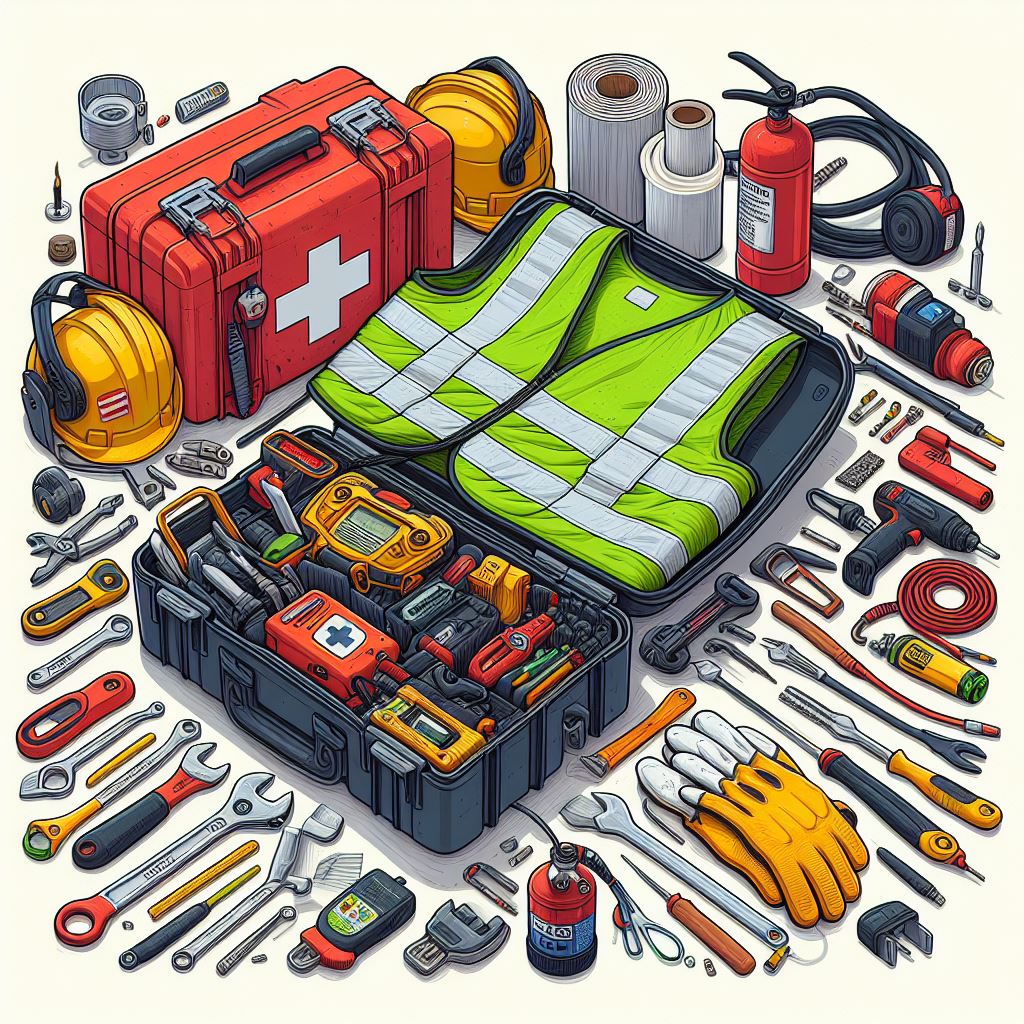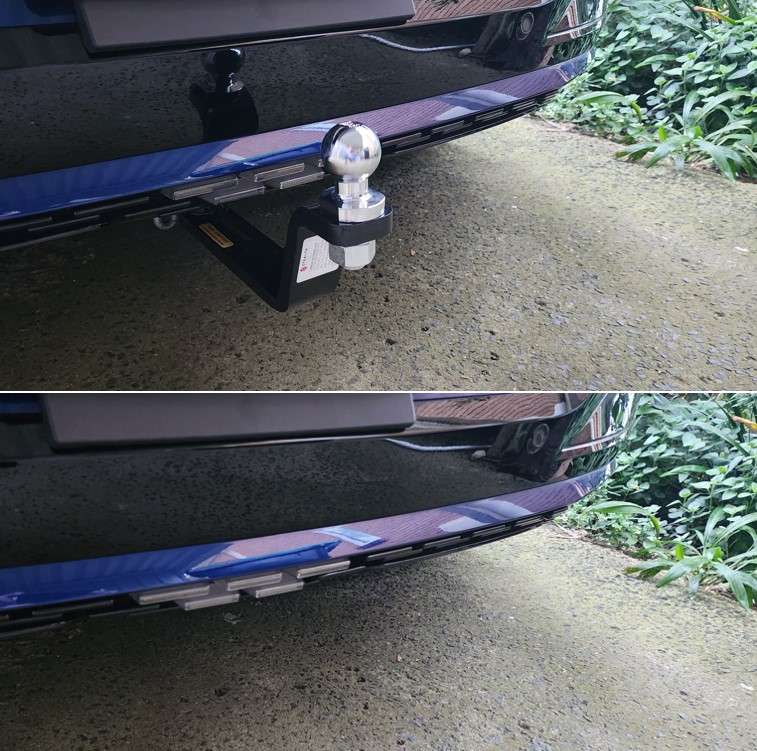OBD2 Intro
An OBD2 Bluetooth scanner is a compact, yet powerful device that allows you or your mechanic to monitor your vehicle’s performance and identify issues. OBD2 stands for On-Board Diagnostics version 2. The scanner connects your vehicle’s diagnostic system (via the OBD2 port) with a third-party device like a smartphone or a PC.
Security Note

This is the OBD2 Dongle I use in my Kia EV6.
Don't make the mistake I made with my first OBD2 dongle, which was downright flaky. It was cheap unit (about $50), which I later found wasn't on the official ABRP list, despite being recommended on several forums.
What is OBD2?
The OBD2 system is a standardized system in cars and trucks that allows for self-diagnostics and reporting. An OBD2 Bluetooth scanner is a device that leverages this system to extract data from the vehicle. It’s been a standard on most vehicles for decades and your EV will certainly have a port. I’m yet to find a car made since the 1990s that doesn’t have one.
The scanner is plugged in to your vehicle’s OBD2 port, usually located under the dashboard. Mine is next to the fuse box. Once connected, it can read data from various sensors in the vehicle, such as the engine/motors, transmission, batteries and, if it’s an ICEV, exhaust system.The OBD2 Bluetooth scanner then sends this data to a smartphone or computer via Bluetooth, where it can be viewed and analyzed using specialised apps. This allows you to monitor your vehicle’s performance in real-time and identify potential issues.
For anyone with concerns about their 12V battery, I believe this to be an essential piece of equipment. I use it to check the 12V output of the ICCU and the 12V battery state of charge (SoC) at least every couple of weeks.
Mechanics can plug in a much more sophisticated device, which will be directly wired to the OBD2 port and use this to diagnose any issues. We have access to all the same data, depending on how sophisticated our app is.
How does it work?
The OBD2 Bluetooth scanner works by translating the data from the vehicle’s diagnostic system into a format that your smartphone or PC can understand. It does this via an app installed on the phone or computer. OBD2 uses 2-way communication with the app asking for information and the OBD2 sending the data. Once the scanner is connected to the vehicle and paired with a device, it can transmit data such as the vehicle’s speed, temperatures, electricity consumption, battery state, and more. It will even tell which lights are on/off, the radio volume, external temperature, A/C settings and just about every other thing about the operation of the vehicle. The scanner can also read and clear fault codes. These are alphanumeric codes that represent specific issues in the vehicle. This can be particularly useful for diagnosing problems and performing maintenance. If it detects fault codes, it’s time to call in the professionals. Don’t try to clear codes or fix problems yourself unless you really know what you’re doing. Even if you know what you’re doing, you could invalidate your warranty if you’re not an authorised technician. Telling the technician about the code is probably a good thing though. It indicates you know something about the issue faced, and might discourage overcharging.
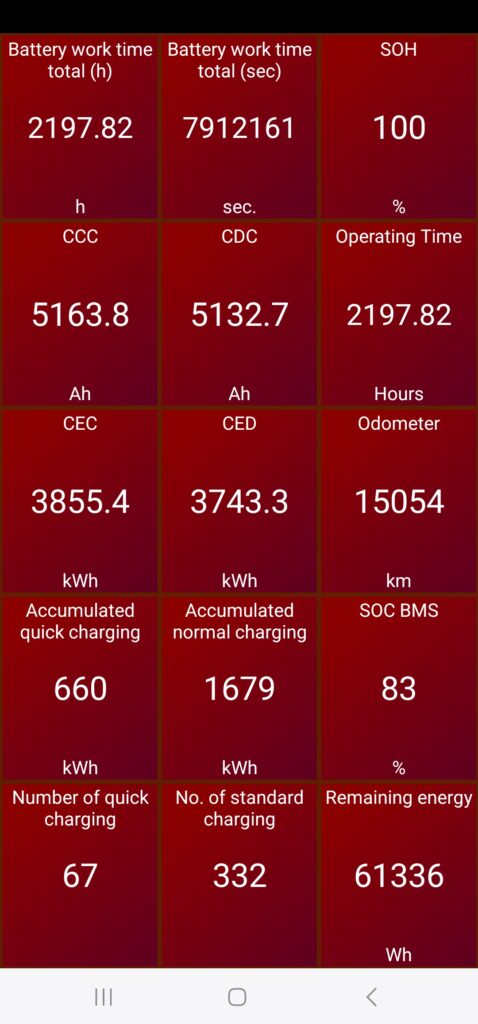
Limitations of OBD2 Bluetooth Scanners
While OBD2 Bluetooth scanners are incredibly useful tools, they do have some limitations.
The first is that not all scanners are compatible with all vehicles. While most vehicles built after 2000 should be compatible with OBD2 scanners, some older models may not be. This probably won’t bother most EV owners though.
Because the OBD2 system is designed to use 2-way communication, it’s impossible to use two apps at the same time. For example; If you try to use CarScanner and ABRP at the same time, it will confuse the OBD2 system and only one app will be able to get the data. Both apps may become unreliable if you try this.
Finally, not all scanners are compatible with all devices. While most scanners work with Android devices, not all are compatible with iOS devices. Therefore, it’s important to check the compatibility of a scanner before purchasing it.

